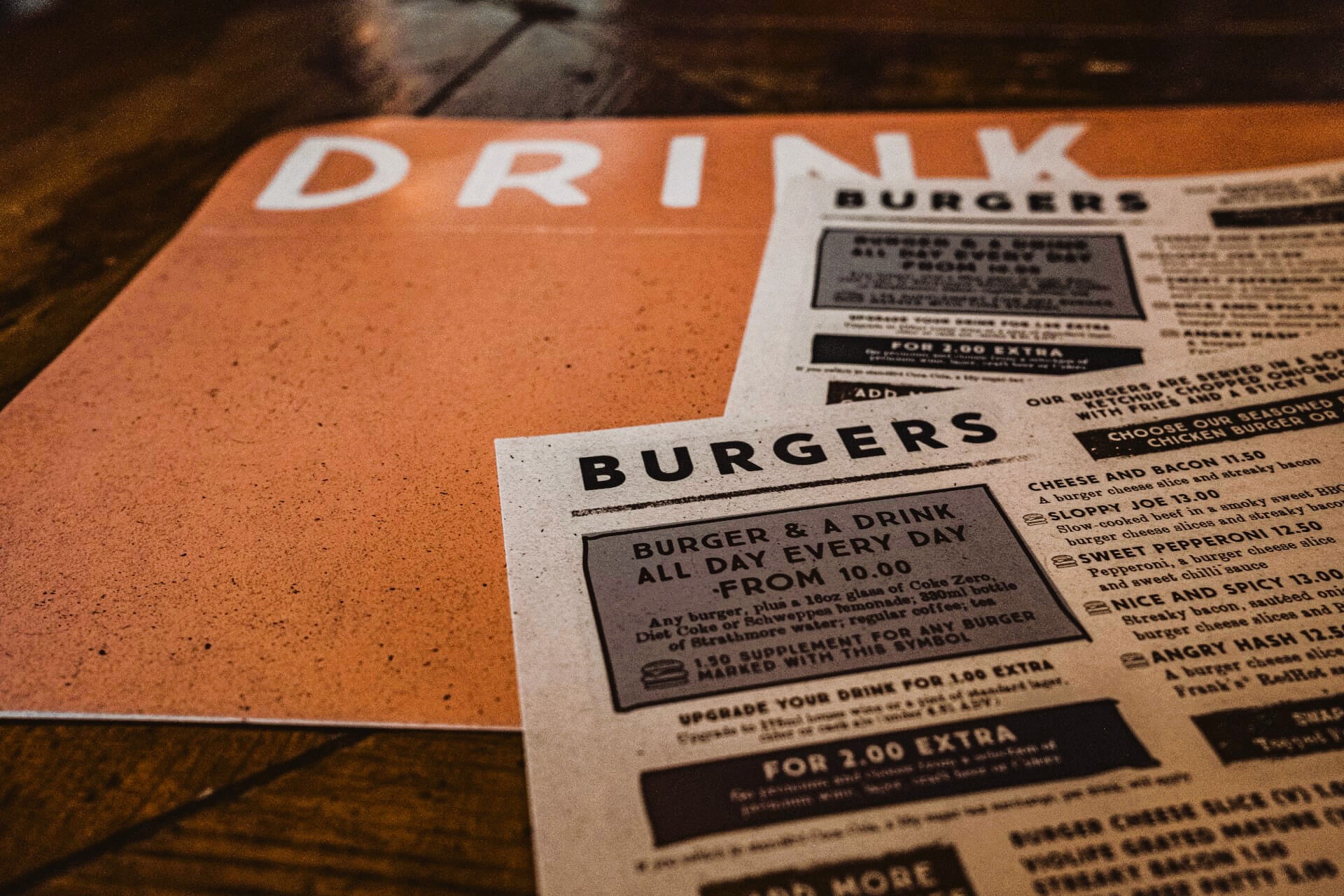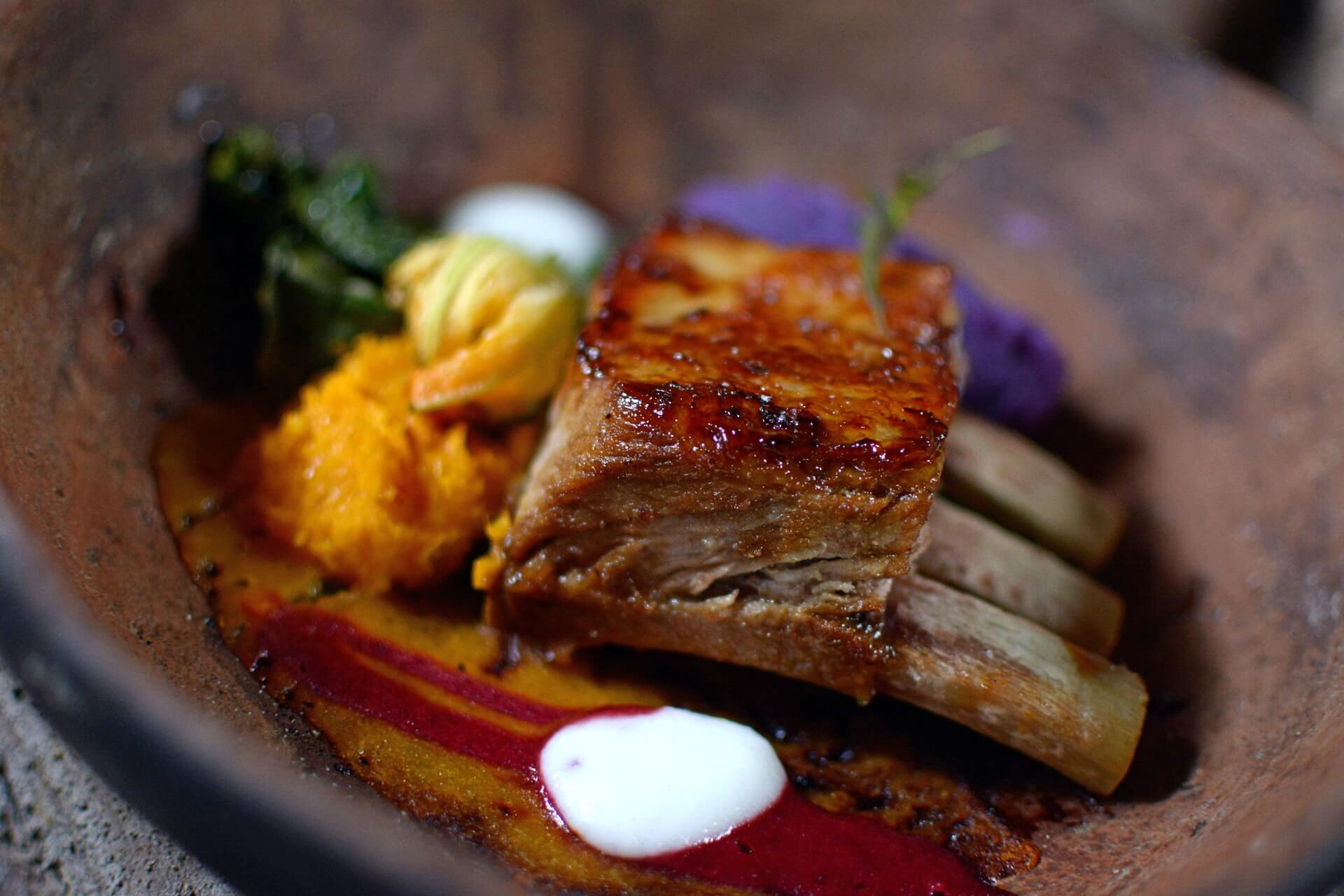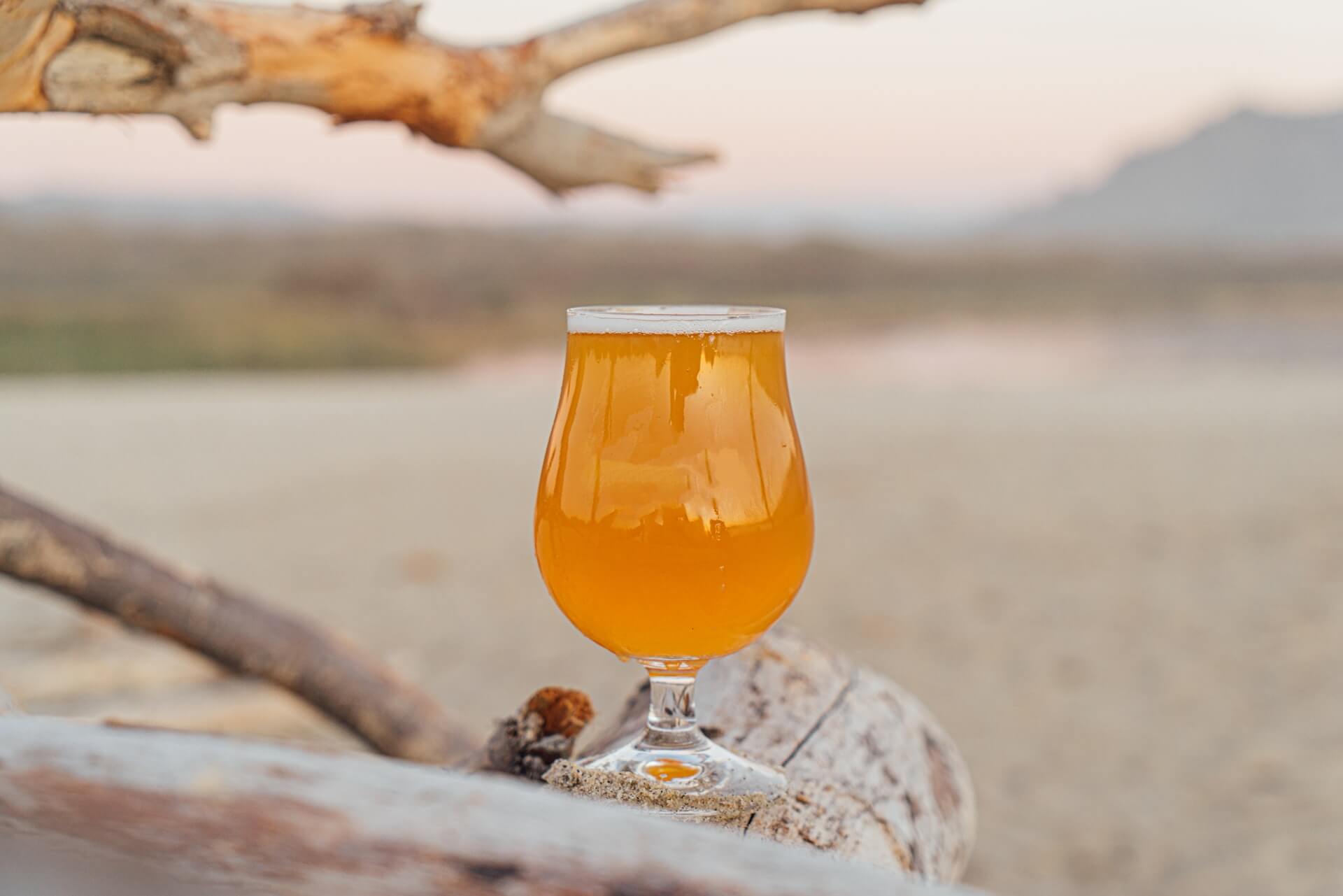Stand Out with Weird Holidays: November 2022
by David Klemt

Want to stand out from from other restaurants and bars in your area? Then commit to keeping it weird.
Several “holidays” are set against every date on the calendar, and November is no exception. These holidays range from mainstream (Thanksgiving, anyone?) to “weird.”
Pay attention to the latter to raise eyebrows, carve out a niche for your restaurant or bar, and attract more guests. Why do what everyone else is already doing?
Of course, you shouldn’t try to celebrate every holiday, weird or otherwise. And this month’s list in no way includes every odd holiday.
Focus on the days that are authentic to your brand; resonate with your guests; and help you grab attention on social media.
For October’s list, click here.
November 4: National Candy Day
So, you would think we’d celebrate National Candy Day on Halloween, what with all the trick or treating. But no, we celebrate candy the first week of November.
This could be an excellent day to move any candy-themed menu items that may have somehow survived your Halloween programming. Or, hey, lean into it and garnish a number of cocktails with candy.
November 6: National Nachos Day
I know, I know—nachos aren’t weird. No, they’re one of the most fantastic foods on the planet. In fact, one could argue they’re among the culinary pinnacles of human achievement.
However, that doesn’t mean we can’t get a little weird and creative with nachos. Think outside the box (or platter), get with your back-of-house team, and come up with a unique nacho plating or two.
November 8: National Tongue Twister Day
There are a few ways to approach this holiday: create an LTO menu with tongue-twister descriptions; give menu items tongue-twister names; theme some drinks to well-known tongue twisters; or hold a tongue twister contest. Here’s one to get you started:
“Betty Botter bought some butter / But she said the butter’s bitter / If I put it in my batter, it will make my batter bitter / But a bit of better butter will make my batter better / So ‘twas better Betty Botter bought a bit of better butter.” Good luck.
November 12: National Pizza with the Works Except Anchovies Day
I’m including this because I like how oddly specific this holiday is. No thanks to the humble anchovy, apparently!
November 15: National Clean Out Your Refrigerator Day
Okay, so I’m not sure I’d actually call this holiday Clean Out Your Fridge Day. Instead, consider creating and adding a specific promotion to your programming repertoire.
For example, if you’re a wine bar, consider using this day to move open but unfinished bottles of still and sparkling wine before they oxidize or go flat. I’m not a fan of operators discounting menu items but in this case, doing so is better than the alternative. This can be done once per week, twice per month, once per month, etc.
November 17: Use Less Stuff Day
This is an excellent holiday to commit to a couple different operational changes. One, do whatever is practical to reduce the waste your restaurant, bar, nightclub, or hotel generates. Two, consider reviewing your menu and simplifying where you can.
November 20: National Absurdity Day
I mean…does any day scream “WEIRD HOLIDAY!” more than National Absurdity Day? The sky’s the limit here: get as weird, wacky, and creative as you can in a way that’s authentic to your brand and market.
November 24: Celebrate Your Unique Talent Day
Have a talented team? Boast a group of talented regulars? Encourage them to show off their unique skills talent show style, offering prizes and capturing your event via social media.
November 25: Blasé Day
The holiday season is stressful. It’s go, go, go, family, family, family, friends friends, friends, for several weeks. So, create a “lazy” promotion that provides your guests with a calm escape from their holiday stress. Be the oasis they need as the year closes out.
November 30: National Mason Jar Day
Ah, the mason jar. Its wide mouth and fit in most people’s hands is both rustic and comforting. They’re also perfect for a wide array of garnishes. In fact, consider serving over-the-top Bloody Maries in your mason jars…or moonshine cocktails…or beer cocktails… just great cocktails.
Image: Dan Parlante on Unsplash









